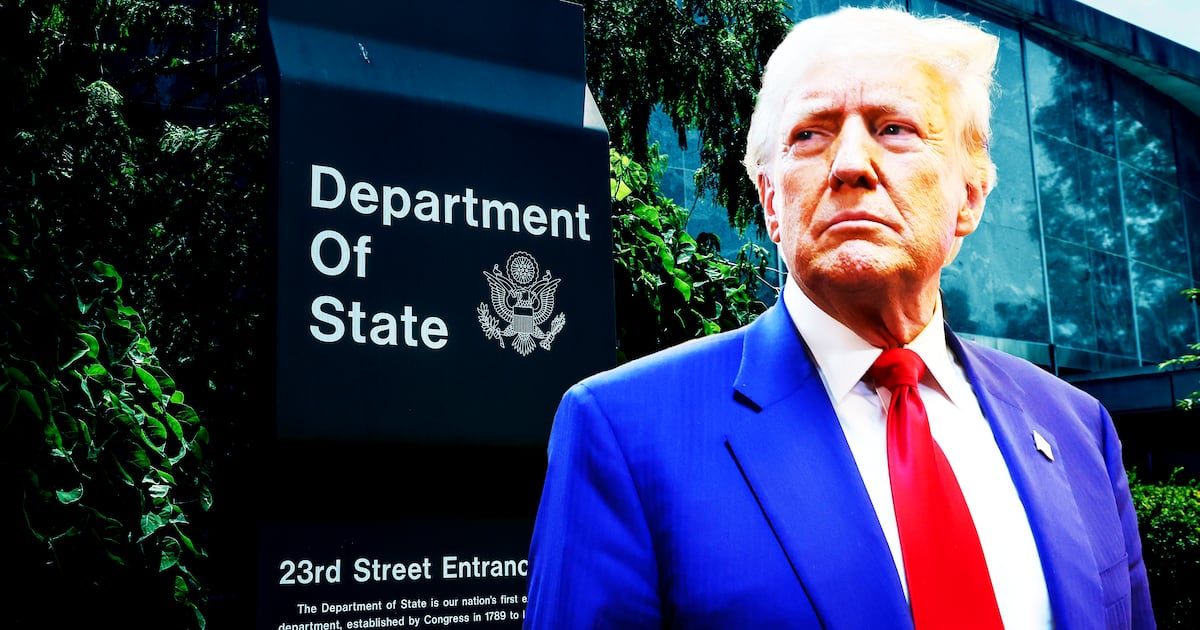
Is the Tea Party racist? It all depends on what you mean by racist. For conservatives, for the most part, racism means personal animus: Would you invite your black neighbor over for dinner? For liberals, and especially African Americans, racism means structural unfairness: Why don’t you have any black neighbors? To see racism as personal animus is to largely divorce it from public policy. If you don’t knowingly discriminate in your own life, you’re not a racist, even if you support policies that dramatically exacerbate disparities between whites and blacks. To see racism as structural unfairness, by contrast, is to see race and public policy as inexorably intertwined. If you replace “anti-black” with “anti-Christian” or “anti-military,” you can see the same basic divide—is bigotry personal or structural?—but with liberals and conservatives switching sides. For your average liberal, being anti-military or anti-Christian means cursing at a soldier or pastor on the street.
For your average conservative, being anti-military means cutting the defense budget and being anti-Christian means opposing prayer in schools. The nub, once again, is whether public policy is mostly irrelevant to group prejudice, or the arena where such prejudice takes its most profound form.
More white working-class kids at Harvard would mean an American educational elite less easily caricatured by Fox News, and more able to speak across the red-blue divide.
This lies at the heart of what the NAACPers and the Tea Partiers have been shouting about in recent days. In general, I think the NAACPers are right: Race still plays a large role in the structural inequities of American life. But it doesn’t play as large a role as it used to. In the last generation, partly because of affirmative action, the American elite has become far more multiracial (and far more female and multiethnic) than it once was. Barack Obama, Bobby Jindal, Sonia Sotomayor, and Elena Kagan all reflect a new cadre of Ivy League-educated, post-baby boomers who, in terms of race, ethnicity and gender, “look like America” far more than their predecessors. In class terms, however, they remain quite distinct. As Ross Douthat recently pointed out in The New York Times, the combination of race-based affirmative action (which favors middle-class black and Hispanic kids), immigrant overachievement (which ensures a significant representation of Asians), legacy admissions (which favors rich white kids) and the high cost of private colleges (ditto) means that working-class whites, especially from the South and Midwest, are badly underrepresented on elite campuses. In the coming years, this problem will likely grow worse as America’s top universities, trying to adapt to the “post-American world,” increasingly seek out students from beyond America’s shores. Thus, if Obama’s generation of Harvard Law grads are multiracial and multicultural, their successors will be increasingly multinational as well.
In this context, it’s easy to understand why the Tea Partiers—who disproportionately hail from the white working- and middle-class and from the South and Midwest—see themselves not as beneficiaries of race privilege but as victims of a kind of cultural and class underprivilege. Telling them they’re wrong is a recipe for more dialogues of the deaf. The better strategy would for the NAACP and other liberal groups to admit that race isn’t as central to American inequality as it once was, and to embrace class-based affirmative action instead. Not only would class-based affirmative action focus remedial efforts on those African Americans and Hispanics who need it most, it would link their fortunes to those of white working-class kids, and undermine the racial-partisan polarization that has marked the Obama years. More white working-class kids at Harvard would mean an American educational elite less easily caricatured by Fox News, and more able to speak across the red-blue divide.
As it happens, class-based affirmative action is a position President Obama already espouses. Arguing that his own daughters shouldn’t benefit from racial preferences, he told the Chronicle of Higher Education in 2007 that “we should take into account white kids who have been disadvantaged and have grown up in poverty and shown themselves to have what it takes to succeed.” Unfortunately, barely anybody knows that this is Obama’s position. If he publicly said so, he would scramble the highly familiar, highly unproductive debate manifested this week by the Tea Party and the NAACP. He would focus public attention on the deepest divide in American life—class—a divide that, more than race, cuts across the two parties. He would make America’s racial and ideological debate a little less predictable. And in this summer of political tedium and discontent, that would be an accomplishment.
Peter Beinart, senior political writer for The Daily Beast, is associate professor of journalism and political science at City University of New York and a senior fellow at the New America Foundation. His new book, The Icarus Syndrome: A History of American Hubris, is now available from HarperCollins. Follow him on Twitter and Facebook.






